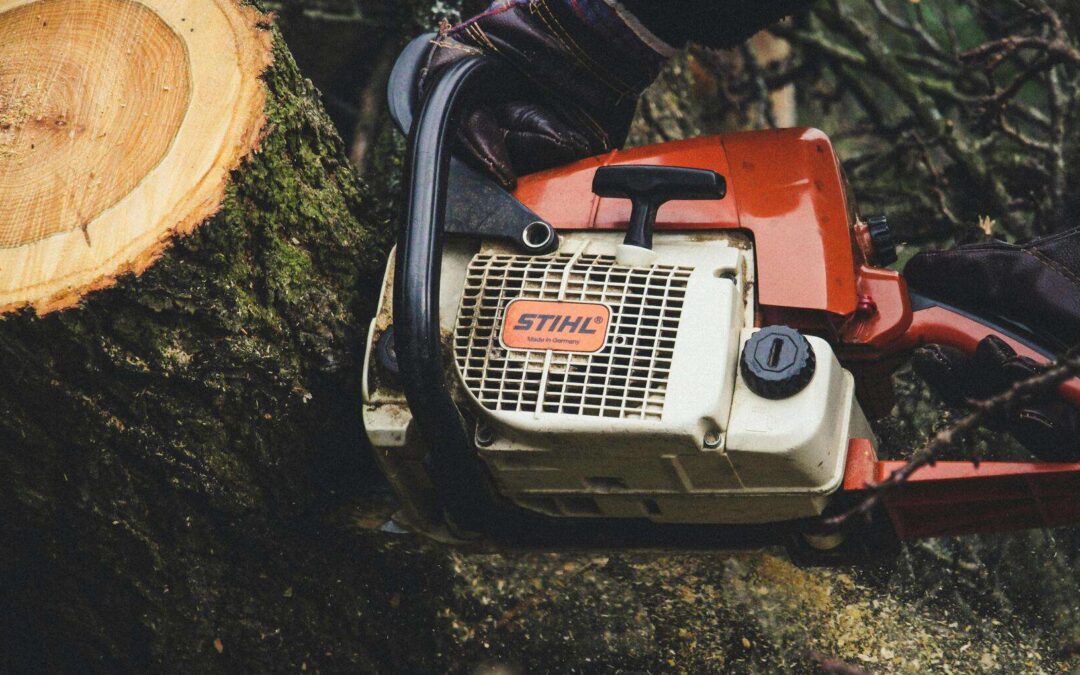Trees often show warning signs that homeowners should never ignore, as doing so can put your family and property at serious risk. Knowing when to call a tree professional in Silver Spring prevents costly repairs and dangerous situations.
Leaning trees, cracked branches, and root problems show that your tree might fall down. Sick or bug-filled trees can fall without warning, putting your family and home at risk. If you see any of these signs, call a trusted tree professional in Silver Spring right away.
Tree experts have the right training and tools to check dangerous trees. They can decide if a tree needs professional care or if a removal will fix the problem.
Top 7 Signs Your Trees Need Professional Tree Service
Recognizing these warning signs early can save your home from serious damage and protect your family’s safety.
Here are the obvious signs that your tree require professional arborists:
1. Trees Are Leaning or Tilting
Trees that lean more than 15 degrees from straight up pose a real danger to your property. Strong winds or heavy rain can push leaning trees over, which may cause major damage to homes and cars.
A professional tree service checks if the roots are still strong enough to hold the tree. They will tell you if the tree has to be removed or if other steps can fix the problem.
2. Dead or Falling Branches
Dead branches break off easily during storms and can hurt people walking below them. These branches often fall without warning, even on calm days with no wind or rain.
Dead wood also spreads disease to healthy parts of the tree, making the whole tree weak over time. A professional tree care expert can spot dead branches before they become dangerous.
3. Cracks, Cavities, or Hollow Trunks
Large cracks in tree trunks show that the tree structure is breaking down from the inside. Hollow spots or deep holes mean the tree has lost much of its strength and support.
These weak points make trees likely to split or fall during the next big storm. A professional arborist can assess how much damage exists and decide if the tree can stay or must go.
4. Unusual Leaf Color or Early Shedding
Healthy trees keep their green leaves through the normal growing season in Silver Spring. Yellow, brown, or spotted leaves in spring or summer mean the tree is sick or stressed.
Trees that drop leaves too early often have root problems or disease that needs quick treatment. Waiting too long to get help can mean losing the whole tree instead of saving it.
5. Presence of Fungi or Mushrooms
Mushrooms growing on tree trunks or around the base show that rot is eating the wood inside. Fungi feed on dead or dying wood, which makes the tree structure weak and dangerous.
Different types of fungi cause different problems, but all of them mean the tree requires expert attention. Tree professionals can tell how much damage exists and what treatment options might work.
6. Insect Infestations or Pest Damage
Small holes in bark, sawdust around the tree base, or bugs crawling on the trunk signal pest problems. Many insects that attack trees can kill them if left alone for too long. Early treatment by experts can often save trees that would die without the right pest control methods.
7. Nearby Construction or Soil Disturbance
Building work near trees can damage roots even when the trees look fine above ground. Heavy machines compact soil around roots, making it hard for trees to get water and air.
Cut or broken roots from digging can make trees unstable and likely to fall over later. Expert tree care services check any trees near construction sites to make sure they stay safe and healthy.
How to Identify Tree Problems Early
Catching tree problems before they become dangerous helps protect your family and saves money on major repairs.
- Leaning or Shifting: Tree leans noticeably to one side or shifts position after storms or heavy rain
- Falling Dead Branches: Large dead branches fall from the tree without warning during calm weather conditions
- Fungal Growth: Mushrooms or fungus grow at the tree base or along the main trunk area
- Bark Damage: Bark peels off in large pieces or trunk shows deep cracks and split areas
- Leaf Problems: Leaves change color early in the season or drop completely out of normal timing
- Pest Activity: Visible sawdust piles, small boreholes, or active pest activity appear around the bark surface
What to Do If You Notice Tree Issues
Taking quick action when you spot tree problems can prevent property damage and keep your family safe from falling trees.
- Stop and Stay Away: Keep people and pets away from trees showing signs of decay or leaning until experts can check them safely.
- Take Photos: Document the problem areas with clear pictures to show the tree service team when they arrive for inspection.
- Call Professionals Immediately: Call a tree service right away for emergency issues like large cracks, heavy leaning, or recent storm damage.
- Ask About Treatment Options: Professional experts can tell you if tree health can improve with tree trimming service or if complete tree removal is needed.
- Get Professional Attention: Schedule regular check-ups for all large trees on your property to catch problems before they become dangerous situations.
Final Words
Recognizing the signs of distress in your trees helps prevent costly damage to your home and family. Watch for signs of pest activity, leaning trunks, or dead branches that could fall. When you spot problems, call a professional right away.
Emergency trees need professional attention to stay safe. Contact a tree service company that responds quickly and works safely around your property.

Recent Comments